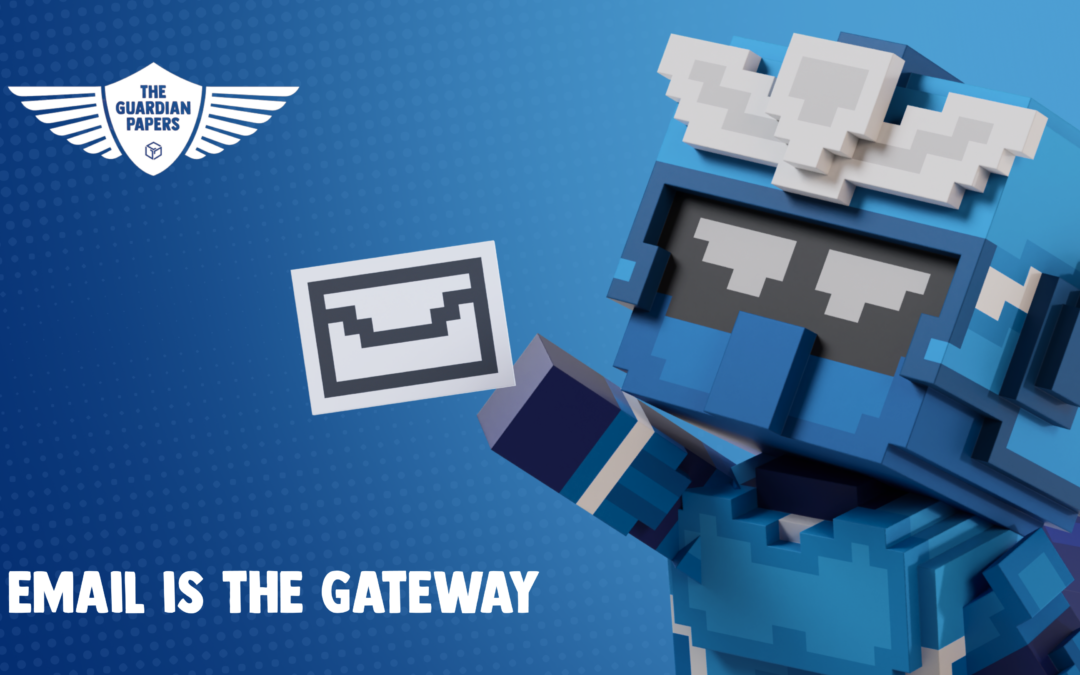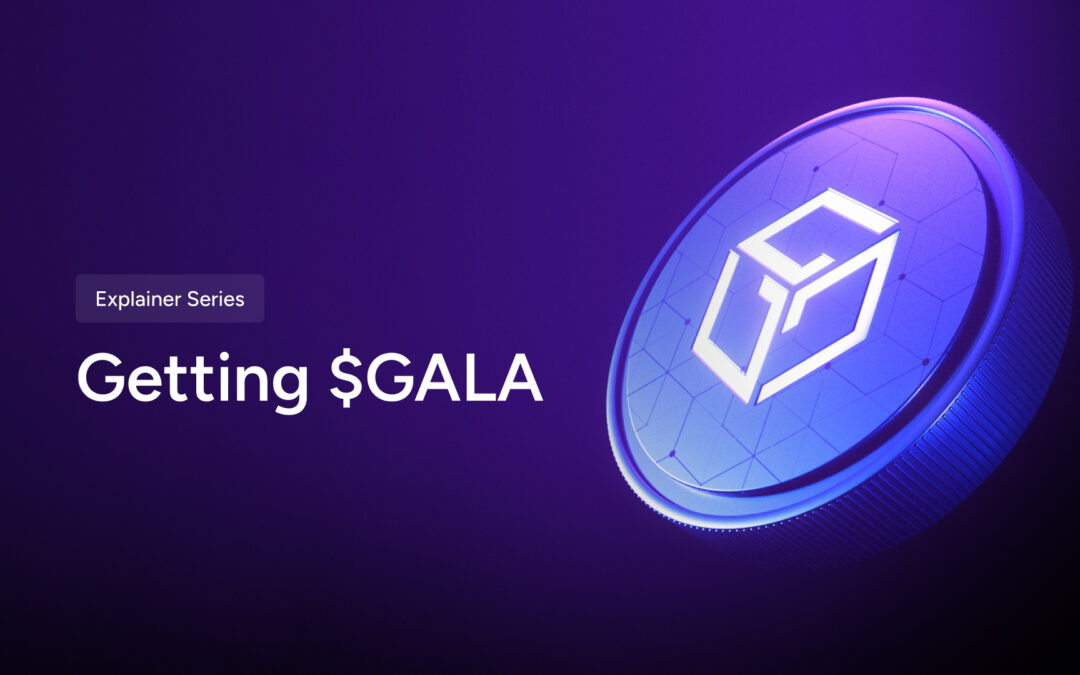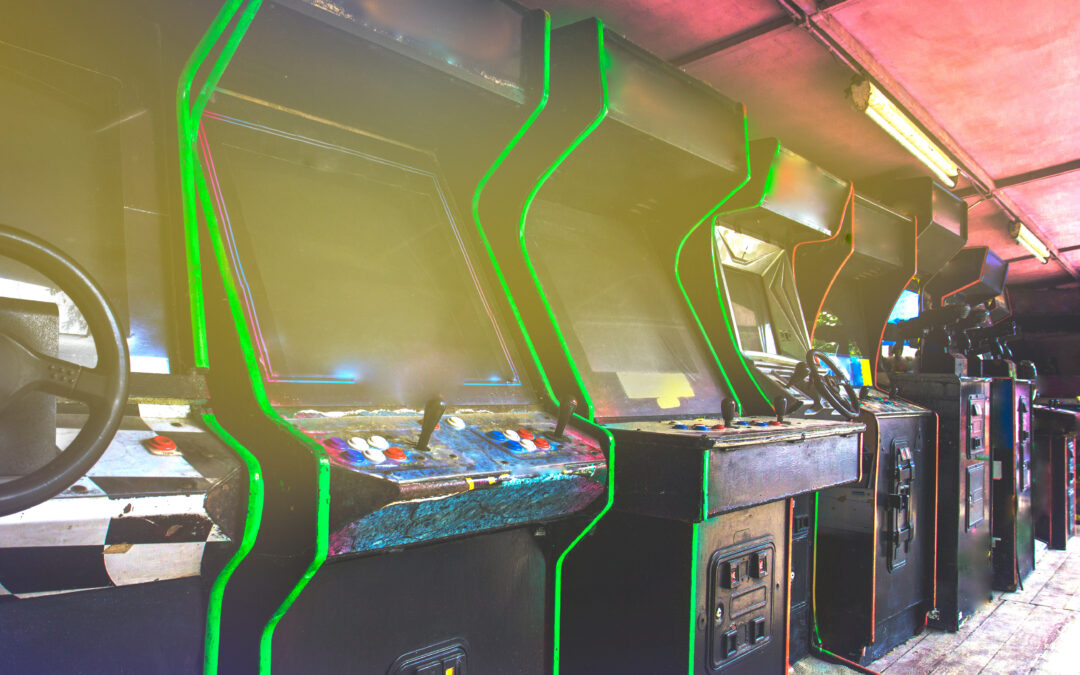Let’s face it, there’s still a lot of confusing terms and jargon thrown around in the web3 world. We don’t all have the benefit of a formal tech education, and with blockchain tech being relatively new on the scene, everyone is jumping in at a different starting point for background knowledge and context.
We get it, and we’re here to help. DevSpeak, because sometimes the basic explanation of terms and ideas in web3 gets lost under everything else.
Check out our previous DevSpeak articles to bolster your tech knowledge!
DevSpeak – Depending on DePIN
DevSpeak – What the Hack is a Hackathon?
What coins and tokens are, in the blockchain sense, may feel intuitive. After all, you can jiggle your pocket and quickly get the idea of what a token or coin is. The idea of tokens representing little bits of ownership goes back a long time. DevSpeak done, concept explained… right?
Actually it’s all a bit more complicated than that. Never fear though! We’ll walk you through the basics so you can build your web3 knowledge on a solid foundation.
What Is a Token?
A token is – put very simply – a thing. Tokens take a variety of forms, but a token at its most basic level represents the location of a thing on the blockchain. Blockchains are very similar to databases. If you’re familiar with those, think of a token as a class or trait. It indicates the specific entry (address) it falls under, has… something.
This doesn’t have to equate to monetary value, however. This is often misunderstood due to the easy comparison to something like an arcade token or a shiny coin from a national mint.
In general programming parlance, ‘token’ refers to the most basic individual element of a programming language – constants, identifiers, operators, separators or reserved words. In security, token can also refer to a digitally encoded signature that a network uses to authorize a user and allow access.
Token in chaincode has come a little from each of the above uses of the word. A blockchain token is an object that can be referenced and utilized through chaincode, but it also can be a secure authorization trigger for individual addresses throughout the network.
Tokens take a variety of forms. Some tokens are fungible (think $GALA, $MUSIC, $USDC, etc), meaning that multiple versions of identical tokens exist on the network. Non-fungible tokens (commonly known as NFTs), are unique assets. While there may be more than one identical NFT on the network, there is a limited amount of each and each NFT carries a distinct and unique identifier, which corresponds to specific metadata for that one token.
Each token is designed for a specific blockchain, where they will typically be referred to as a “native token”. Bridges can move tokens from one blockchain to another, but technically these are creating a new asset on another blockchain, while the bridge continues to hold the original version of the token.
What Is a Coin?
A coin, first and foremost, is a blockchain token. They typically follow the rules of other tokens, with some extra details for us to go over.
What makes coins different is that the blockchain would not function without them. The coin of a specific blockchain is the one that powers the blockchain and directly interacts with it. Any tokens built on the blockchain to provide additional functionality would just be tokens… but the original is a coin.
For Ethereum, this coin would be ETH. There are lots of tokens on the Ethereum Network, but none of them directly interact with block verification, proof of stake or gas fees the way that ETH does.
On GalaChain, $GALA is technically the coin. More tokens are coming onto the chain every day, but no other token interacts with GalaChain the way $GALA does.
Notably, this means $GALA can both fit the definition of a coin or just a token, depending on where it is. $GALA was originally built on the Ethereum Network, where it follows the ERC-20 token standard. On GalaChain, however, $GALA is the coin.
As we discussed above in relation to bridging, $GALA (GC) and $GALA (ETH) are technically two distinct tokens with two distinct contracts, each built for the blockchain they exist on. A bridge facilitates the exchange of these tokens, rather than translating and migrating them to an entirely different programming language and token standard.
Why Tokens?
Since tokens can be assigned to different addresses on the blockchain, and they are securely controlled by the owner of those addresses, they make an ideal way to assign ownership on a blockchain. Since they can be referenced easily by chaincode, they also fill the role of an authorization token incredibly well too.
Tokens can do a lot more than just be shiny things for people to swap around. A token is an object on the blockchain, and it carries with it its own coded properties and behaviors. This information is hard-coded into the token’s “contract” – the set of logic and traits that create the token originally and dictate how it functions.
This contract is the basis of trustless systems on the blockchain. You don’t have to take anyone’s word about how the token behaves or what it signifies — it’s right there in chain code in the contract.
Using these contracts from tokens as a starting point, blockchain builders can construct larger systems. Interactions between a token and a dApp or another token can be created using “smart contracts” – essentially an automated process that takes a specific action when its conditions are fulfilled. These smart contracts rely on the token contracts themselves as reference and verification. This idea of smart contracts creates a full trustless ecosystem, as automated actions only happen when the proper conditions are fulfilled.
Looking at these basic functions of tokens, you can start to see how contracts and smart contracts can build out a robust ecosystem over time through interconnected relationships and innovative applications. Tokens are fully transferable and secure objects… and anything that can maintain that on an open and shared, global network is far more valuable than a simple database.
You don’t have to be the one with the chops to build a blockchain yourself to imagine how one smart contract and dApp over another begins to take shape into something bigger than the sum of its parts over time.
Coin You Feel It?
Now we know that this information doesn’t make you some blockchain whiz… but we also know that a lot of times people don’t start from the beginning with new tech.
We want you to have all the context and knowledge you need to not only be enthusiastic about web3 but to thrive in this new landscape!
Thanks for reading! We’ll be back soon with more devspeak to simplify more tech arcanity and keep transferring you these small tokens of knowledge!





